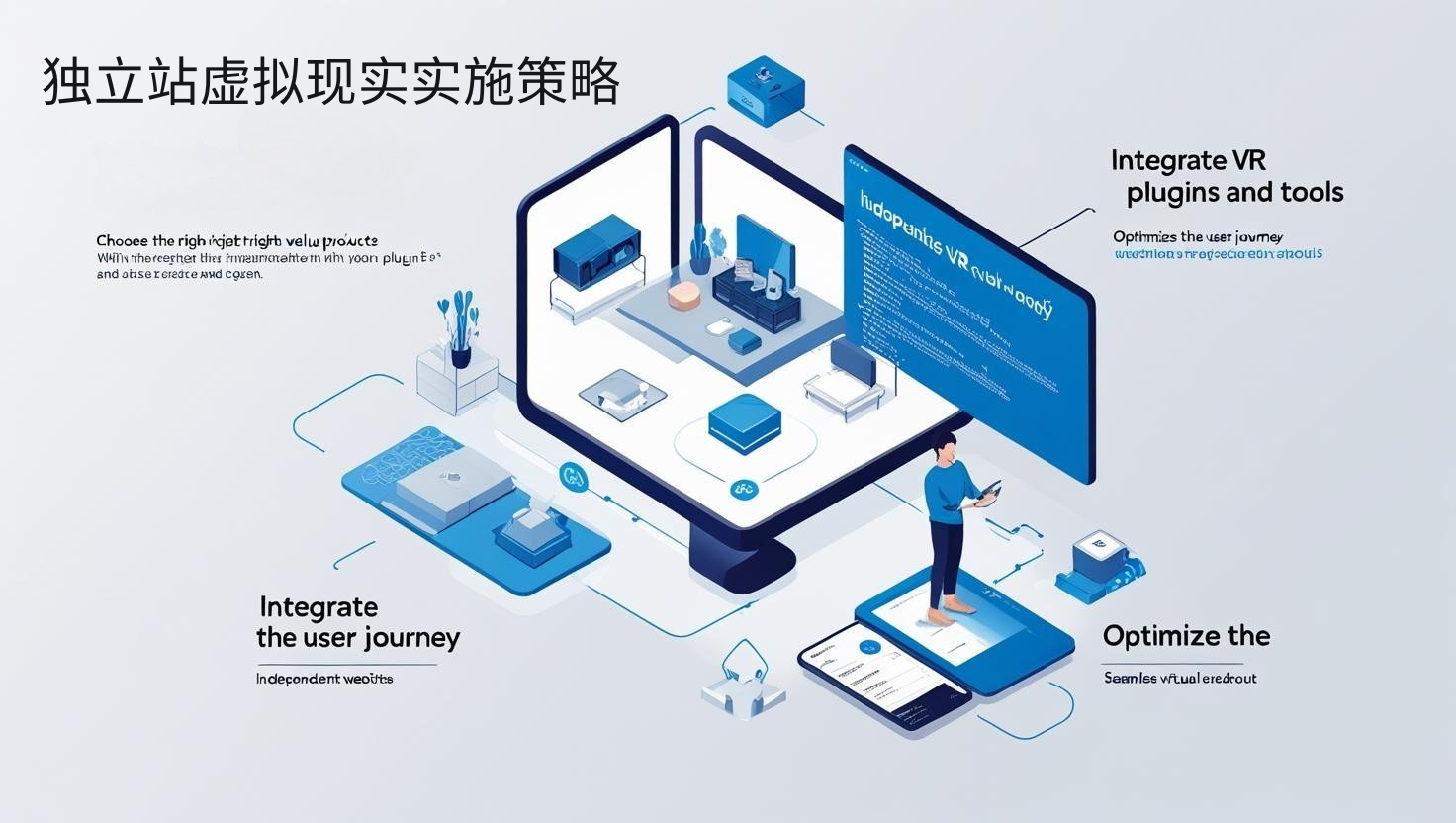Independent websites serve as platforms for direct interaction between brands and customers, and a growing number of companies are exploring virtual reality (VR) technology to enhance product presentations. According to research by MIT Technology Review , immersive experiences can significantly increase user dwell time and engagement, thereby increasing purchase intent. VR technology allows potential customers to view product details from all angles, simulating real-world usage scenarios and reducing hesitation caused by informational opacity. It is particularly suitable for showcasing high-value or complex products.
 Core Elements of Virtual Reality Experience Design
Core Elements of Virtual Reality Experience Design
When introducing VR display on an independent website, you need to pay attention to the following design elements:
Realism : High-precision 3D models and realistic material rendering allow users to get a close-to-real product perception.
Interactivity : Users can rotate, zoom, and disassemble the product to simulate different usage scenarios and enhance their sense of participation.
Fluency : Optimize page loading and VR rendering performance to avoid delays or freezes that affect the experience.
By incorporating the W3C WebXR standard, independent websites can ensure cross-browser and multi-device compatibility, providing a consistent immersive experience for global customers.
VR display helps users make decisions and convert
An immersive experience isn't just about visual presentation; it's also a key tool for boosting conversion rates on independent websites. Users can clearly perceive product dimensions, functions, and usage instructions in VR, reducing the likelihood of pre-sales inquiries and returns. According to Forrester Research , websites using immersive product displays have faster purchase decision times and higher transaction rates than independent websites using standard graphic and text displays.
 Independent website virtual reality implementation strategy
Independent website virtual reality implementation strategy
Choose the right products : High-value, complex, or personalized products are best suited for VR display, such as furniture, mechanical equipment, or high-end electronics.
Integrate VR plug-ins and tools : Use the 3D/VR components provided by independent website building platforms (such as Pinshop) to quickly achieve immersive display without developing complex systems.
Optimize the user journey : VR displays should be seamlessly integrated into the purchase process, including add-to-cart functionality, inquiry buttons, and multi-language support, ensuring that the immersive experience translates into actual transactions.
In addition, by analyzing user behavior data in VR scenarios, companies can continuously optimize display layout and interaction design to achieve data-driven product display iteration.
Future Trends and Sustainable Operations
The trend of integrating independent websites with VR is accelerating. In the future, they can be combined with AR and AI recommendation systems to achieve a more intelligent, personalized, and immersive shopping experience. Companies should continue to monitor industry standards and best practices published by the XR Association , maintain technological updates and design optimization, and develop sustainable independent website innovation capabilities. With the Pinshop website building platform, companies can quickly build independent websites that support VR display, achieving an immersive experience and efficient conversion for global customers.
CTA call <br>Want to create an immersive VR product display on your independent website to improve user experience and conversion rate? Use the Pinshop website building platform to easily integrate 3D and VR display components to make your product display truly "alive" and help companies achieve online sales and brand upgrades.
Recommended related articles: Multilingual Independent Station Strategy: Balancing Localization and Internationalization 






